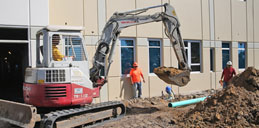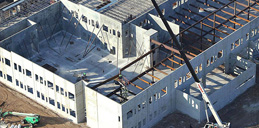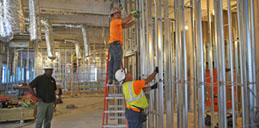What Goes into Calculating Commercial Construction Cost
With a growing economy, there has been an increase in commercial construction projects throughout the U. S. The cost of construction rose 5.7% in 2018; with Chicago, Portland and San Francisco incurring the most gains, according to the Rider Levett Bucknall Quarterly Construction Report for North America. The increase in cost was primarily due to higher labor costs, but materials and other soft costs went up as well. Additionally, construction spending is forecast to increase by 4.2% in 2019.
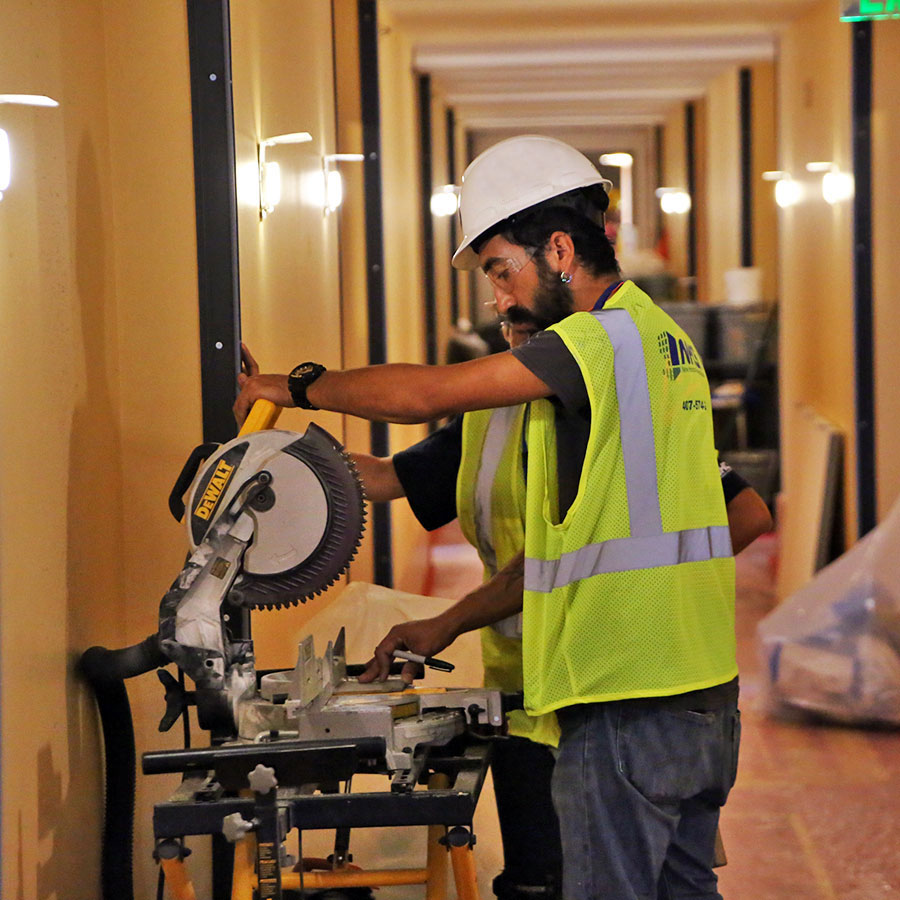 can be summarized into four main categories: labor, materials, permits and fees, and contingencies. And depending on the scope of your project, the commercial contractor may have additional categories like transportation & shipping, among others when estimating your construction project. Since there is no standard format, there will be variations in item descriptions depending on the estimating software the contractor uses. So instead of just comparing the cost of each line item be sure to compare the total price per square foot and delivery method when evaluating construction bids for your commercial project.
can be summarized into four main categories: labor, materials, permits and fees, and contingencies. And depending on the scope of your project, the commercial contractor may have additional categories like transportation & shipping, among others when estimating your construction project. Since there is no standard format, there will be variations in item descriptions depending on the estimating software the contractor uses. So instead of just comparing the cost of each line item be sure to compare the total price per square foot and delivery method when evaluating construction bids for your commercial project.
Materials
Consuming approximately 60% of the construction budget, it’s not surprising that the cost of materials has the most significant impact on construction costs. Foundation, structural, masonry, and carpentry are some of the materials that you may find on your construction estimate. The supply and demand of materials and geographic location will also influence costs. It is also an area where commercial contractors that adopt value engineering principles can recommend specific material substitutions that will reduce costs without affecting the quality of the build.
labor
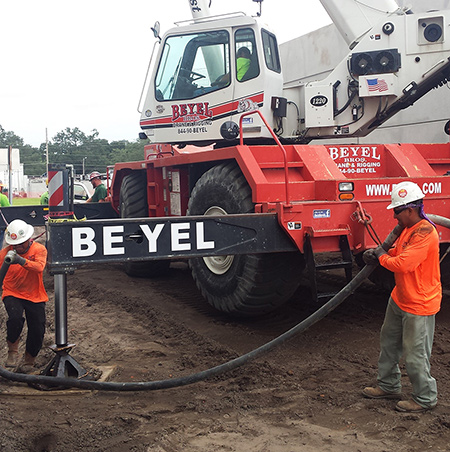 Project owners and developers can expect that labor costs will equate to approximately 30% of a construction budget. But many cities around the country are experiencing skilled labor shortages, and the increasing demand is driving higher labor costs. As a result, many commercial contractors are using advanced technology, and alternative construction methods, like prefabrication that rely less on labor, to reduce the overall construction cost.
Project owners and developers can expect that labor costs will equate to approximately 30% of a construction budget. But many cities around the country are experiencing skilled labor shortages, and the increasing demand is driving higher labor costs. As a result, many commercial contractors are using advanced technology, and alternative construction methods, like prefabrication that rely less on labor, to reduce the overall construction cost.
Permits and fees
Compared to the cost of the entire project, permits and fees are a small, but necessary cost. The construction estimate will also include the cost of building permits, inspections, and other expenses that will be incurred throughout the different phases of construction
Contingencies
While the commercial construction estimate is exhaustive, it is not possible to predict with absolute certainty of a project’s cost. It is recommended that at least 5% of the total construction budget be reserved for contingencies – those unexpected costs that may arise during construction. For renovations and remodeling of older structures where many potential problems are not fund until work begins, your contractor may recommend reserving up to 10% or more for contingencies.



